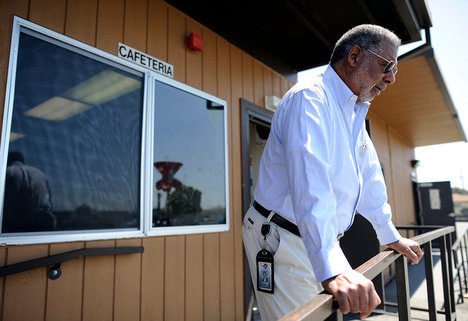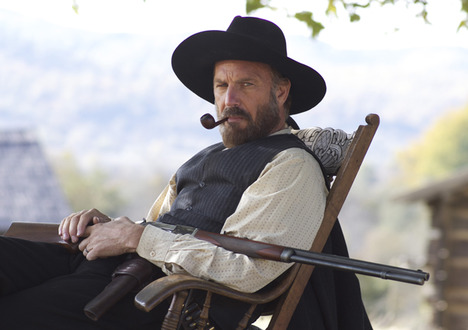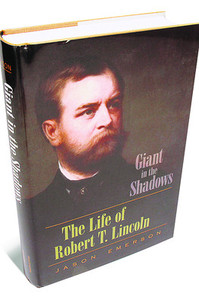Visit msnbc.com for breaking news, world news, and news about the economy
The report by Kerry Sanders was broadcast on the NBC Nightly News on June 20, 2012.
The transcript below was posted by NBC. I corrected a few typos and omissions (e.g., the posted transcript omitted that much of the funding had come from private grants), but I have not checked the whole transcript.
>>> In Florida tonight the race is on to save a precious natural resource, coral reefs. we can sometimes forget they are living things. after being damaged by everything from rising ocean temperatures to storms and fishing nets, environmental experts are stepping in big time to help. our report from nbc’s kerry sanders.
>> reporter: a quarter mile off the coast of fort lauderdale, down 25 feet so the seabed, scientists have taken a tiny experiment that began more than six years ago and turned it into a massive accomplishment.
>> no one thought it was possible. we proved them wrong.
>> reporter: corals, impossible to ongrow artificially in the environment are now thriving. researchers say it’s a very simple idea, coral is grown in an underwater nursery, then it’s harvested. i joined the team snipping two-inch long cuttings, like pruning a rose. with a nail glued into the rhinestone they are held in place. zip ties hold the ties to the nail. in two weeks the coral has anchored itself growing in the very spots where it was disappearing. from the coast off south florida as far south as the virgin islands, the first 8,000 coral can you get are taking hold saving endangered elkhorn and stag horn coral.
>> after it was listed it helped our funding.
>> reporter: Funding came from private grants and even federal stimulus money to protect this natural resource, prized for supporting an abundant fish life and attracting tourism.
>> They protect our coastlines from storms, without these reefs breaking up wave energy, our erosion on the beach would be much more substantial.
>> reporter: Coral making a comeback one clipping at a time. Kerry Sanders, NBC News off the coast of Fort Lauderdale.
As of 6/21/2012, the video clip was posted at: http://www.msnbc.msn.com/id/3032619/#47897092





